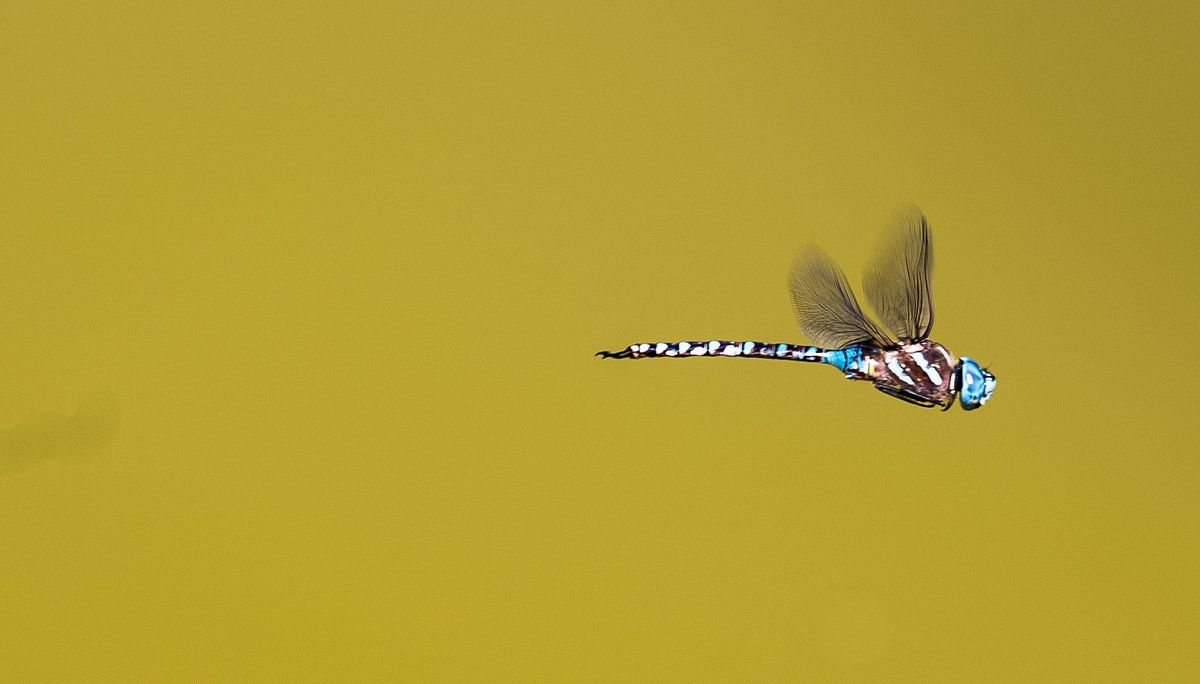Gardening: Dragonflies have abundance of skills

Dragonflies seem to be everywhere this spring. Lots of people are seeing them in their gardens. My fellow Spokesman-Review writer Susan Mulvihill said they follow her husband as he mows the lawn, snacking on the bugs he stirs up. Yes, dragonflies are not only pretty, they each can eat from 30 to 100 mosquitoes a day.
The dragonfly and its close cousin the smaller damselfly are an underappreciated group of predator insects. They are voracious hunters of any small insect that might be flying around the neighborhood. Their flying skills have been likened to a stealth fighter jet on patrol. They can focus in on a single insect in a cloud of bugs and then adapt their flight path so that they sneak up on their prey and snag them before they even knew the dragonfly was there. A dragonfly’s two sets of wings allow it to fly in any direction, including backward, and hover in place for a minute or more scoping out prey. They are also fast with some being able to fly 18 mph.
Along with their flying ability, dragonflies have very good eyesight. Their huge compound eyes take up much of their head and are made up of over 30,000 facets that each register something going on around them. As a result, while a dragonfly is doing its aerial acrobatics, it has almost 360-degree vision to plan its next move. They also see a much broader range of colors than we do.
As if its flight and vision capabilities weren’t enough, the dragonfly also has viciously sharp jaws that can help grab a bug midair, tear its wings off to keep it from escaping and then devour it all while flying. Don’t worry, we humans are too big, and our skin is too tough, for a dragonfly to take a chunk out of us while we are at the lake. Their scientific name Odonata means the “toothed one” in Greek.
Dragonflies breed in water and their larvae can stay there for up to two years waiting for the right conditions. Even underwater, the dragonfly larvae are a very effective predator going after other insect larvae, tadpoles and tiny fish; even other dragonfly larvae. While underwater, they may molt up to 17 times as they prepare to come onto land. On land their exoskeleton breaks open and over a few hours their characteristic long abdomen and double wings emerge and dry before they take flight. Some species will live a few weeks, others can live up to a year.
So why are they so prevalent this spring? Richard Zack, an entomologist with Washington State University in Pullman, wasn’t sure. In an email he said, “It may be that we are seeing a few more this year because we have had some wet weather over the last few years, which allow for more ponds and streams that help to produce more dragon- and damselflies. If we had a few dry years, you probably would see a decrease – kind of cyclical.”